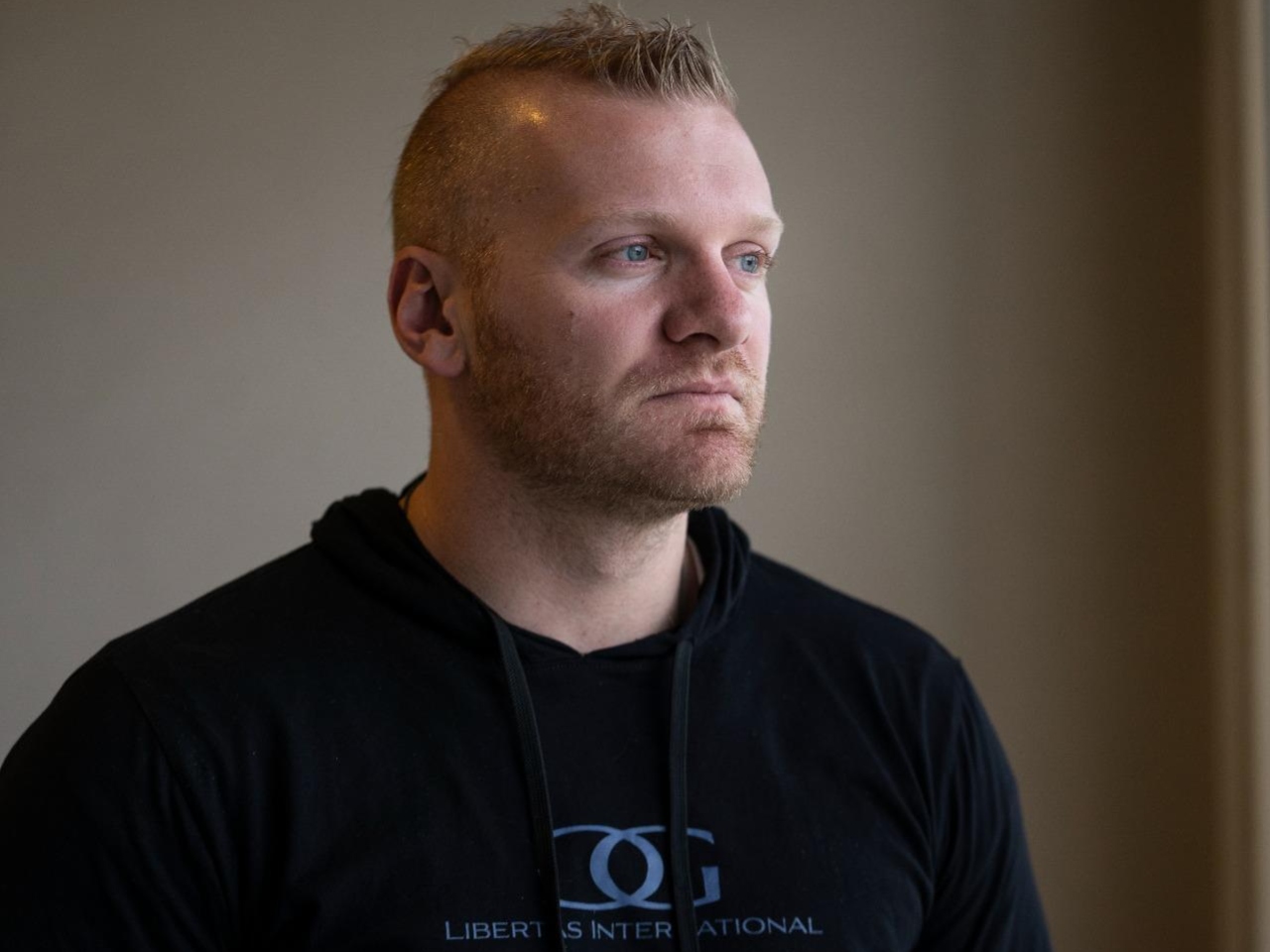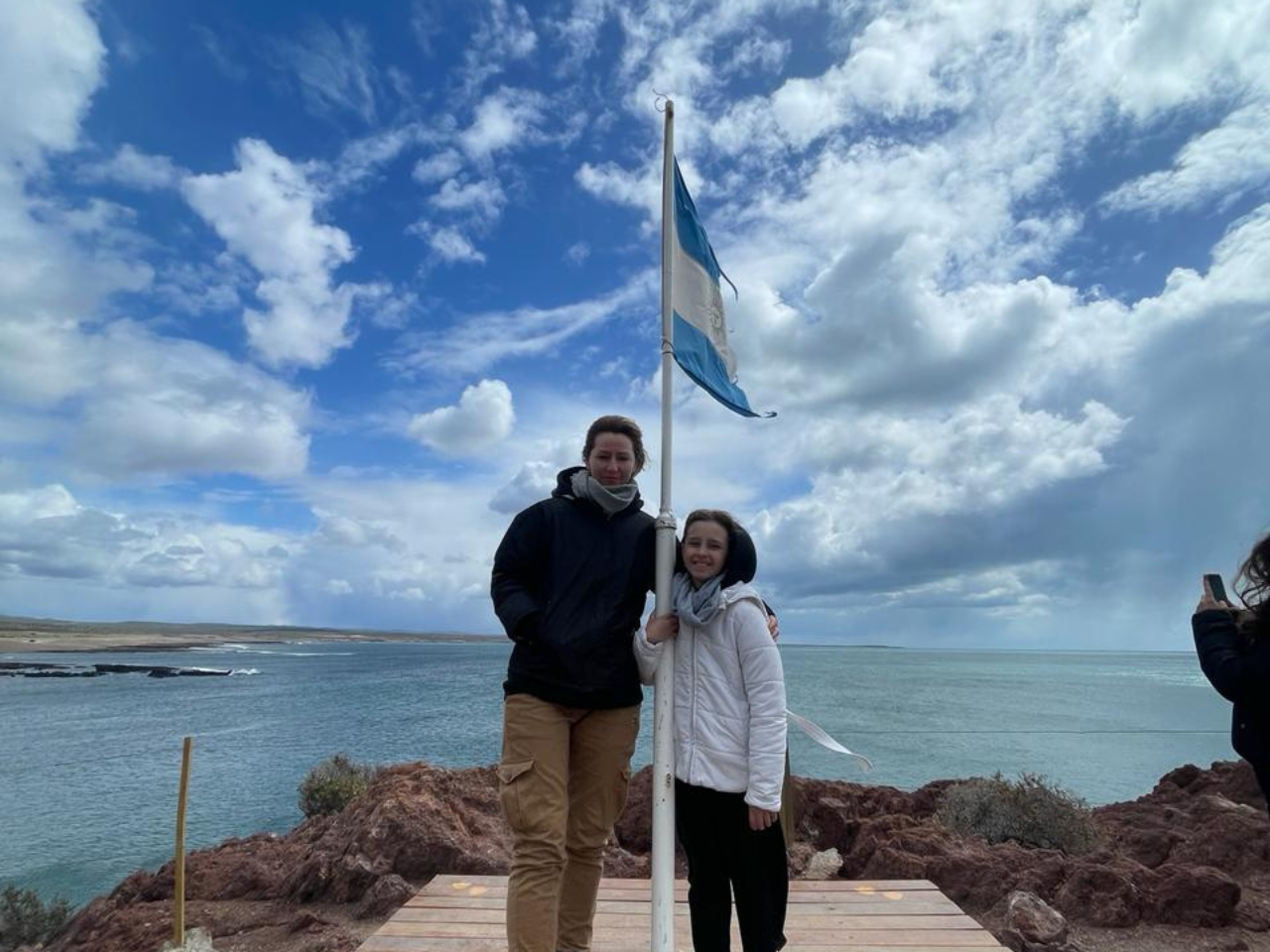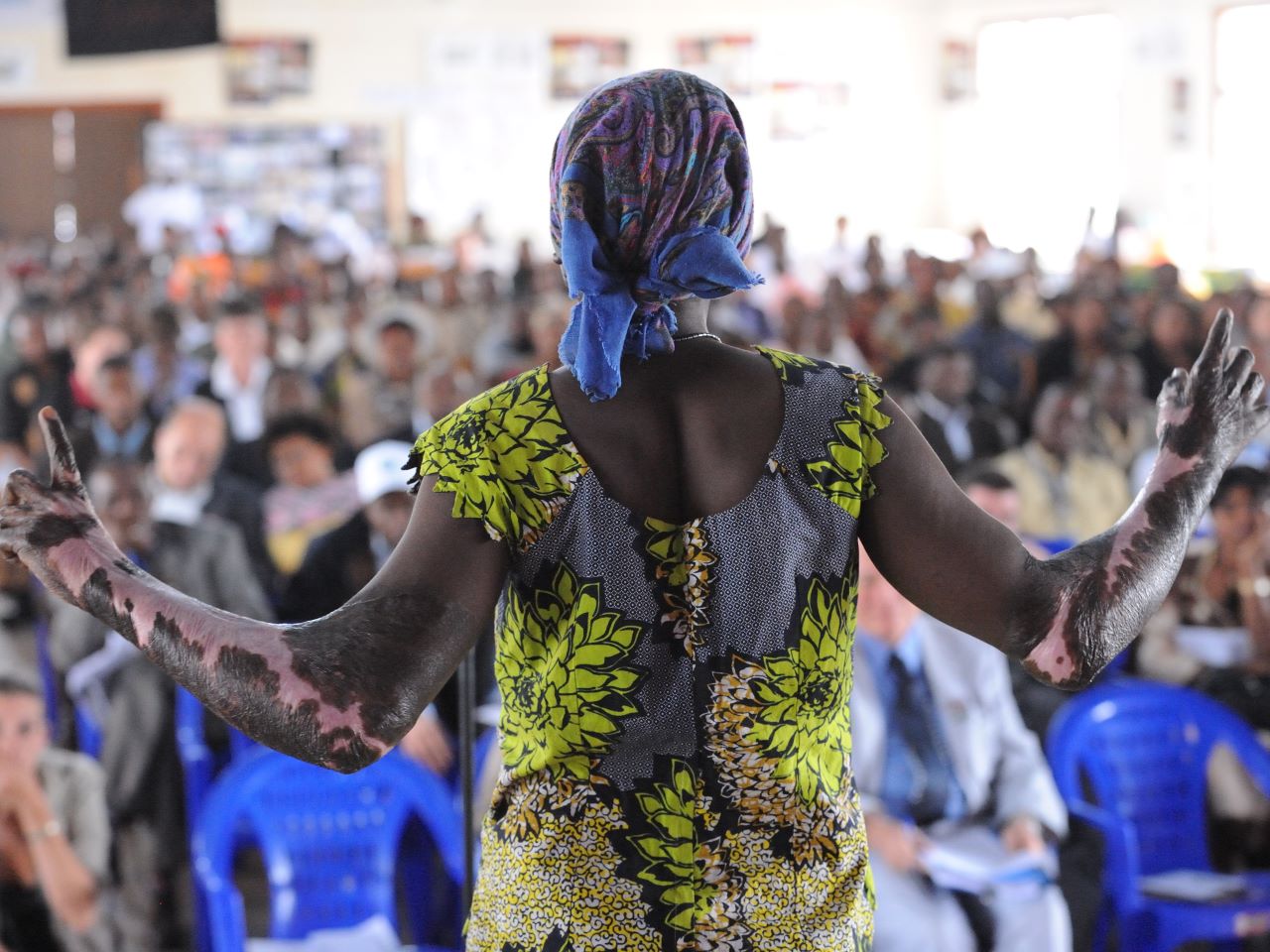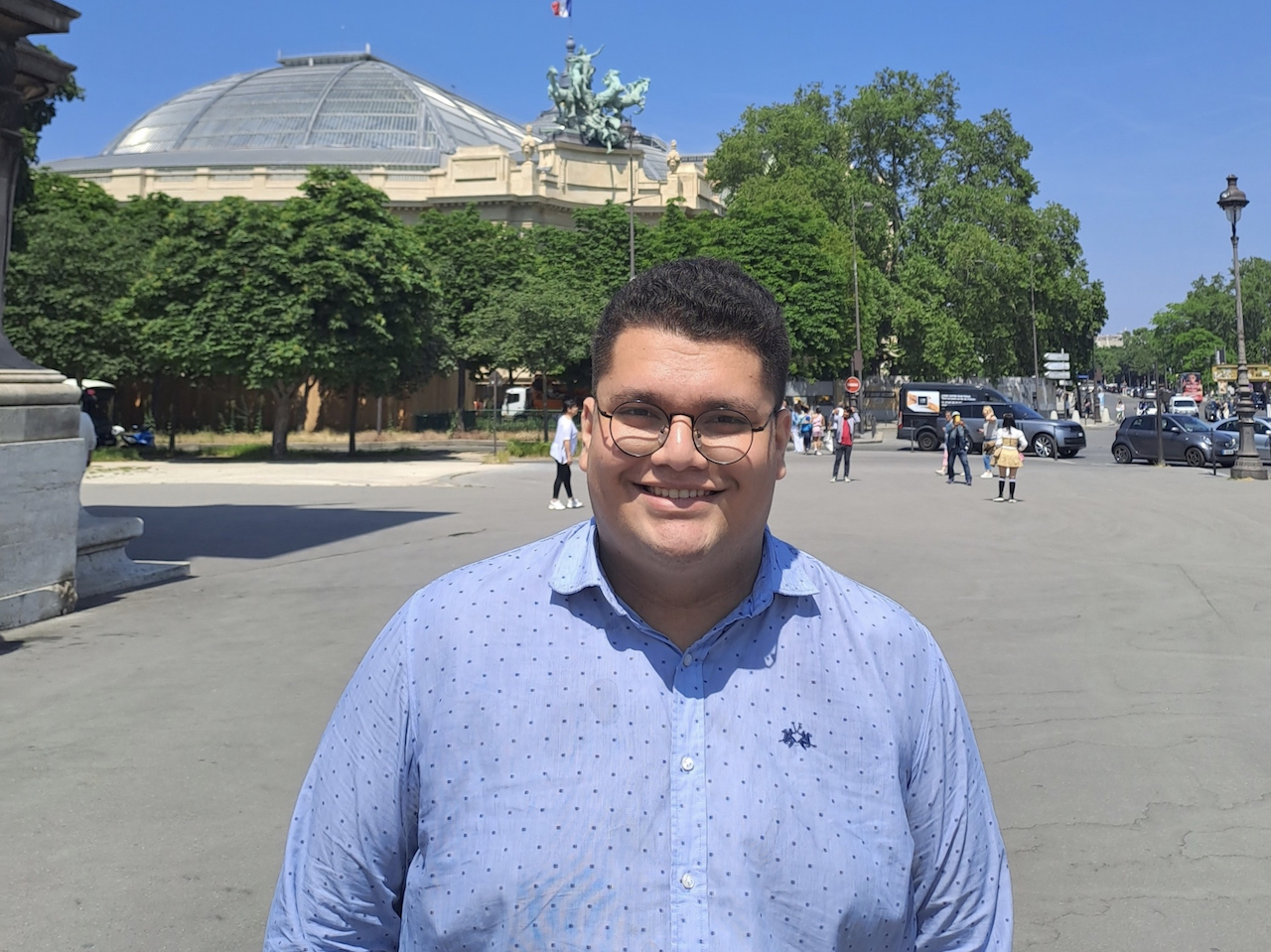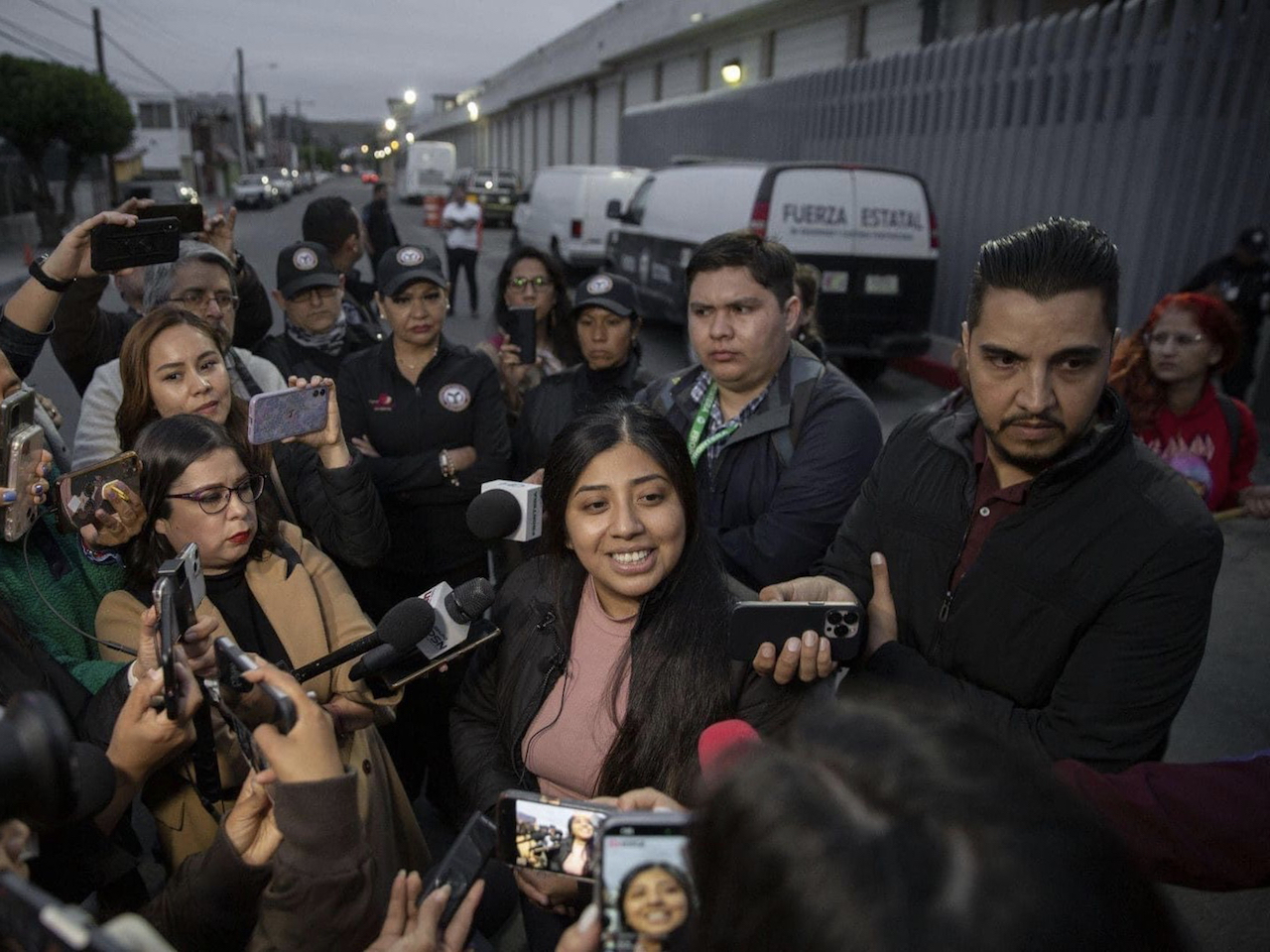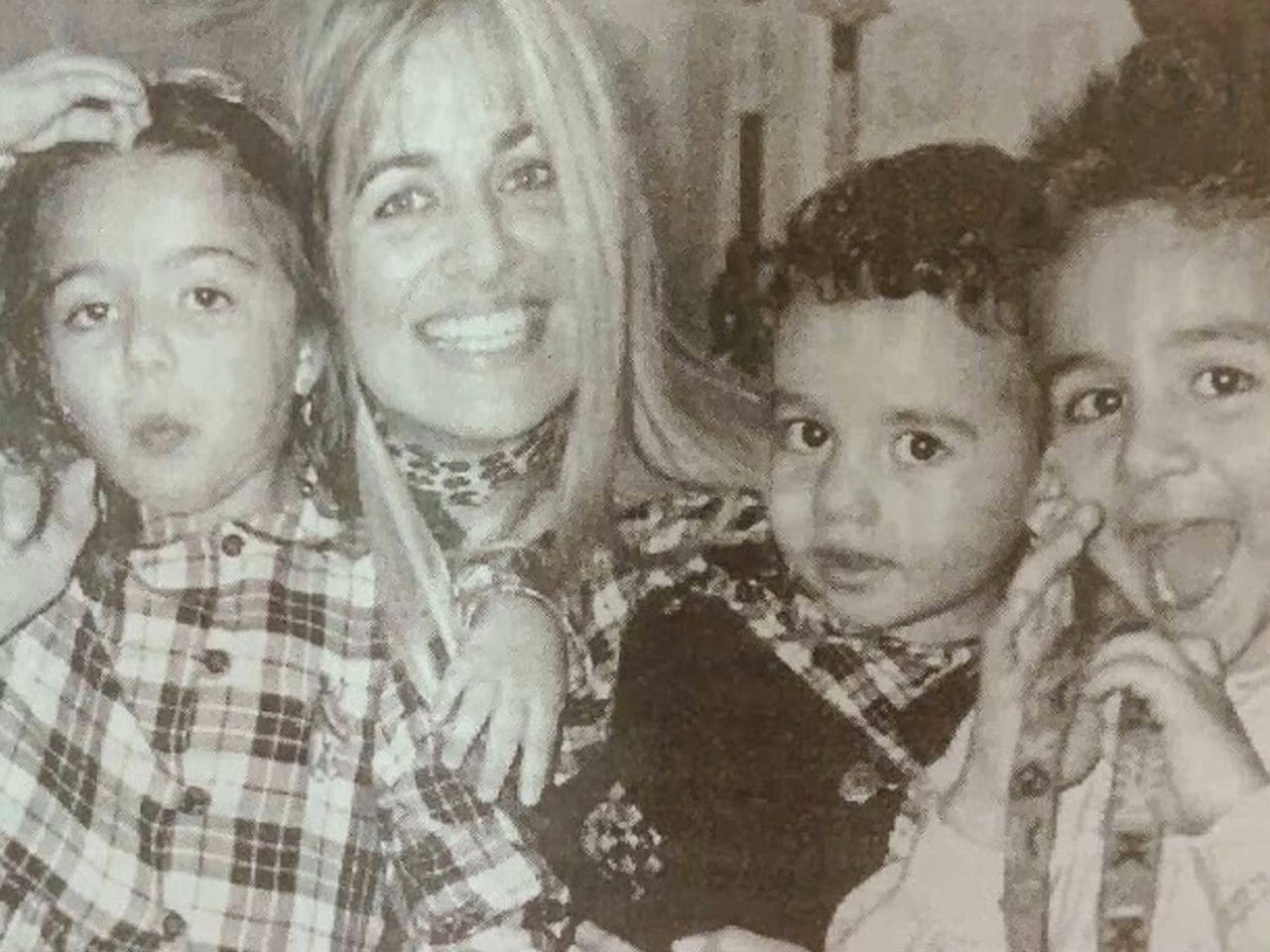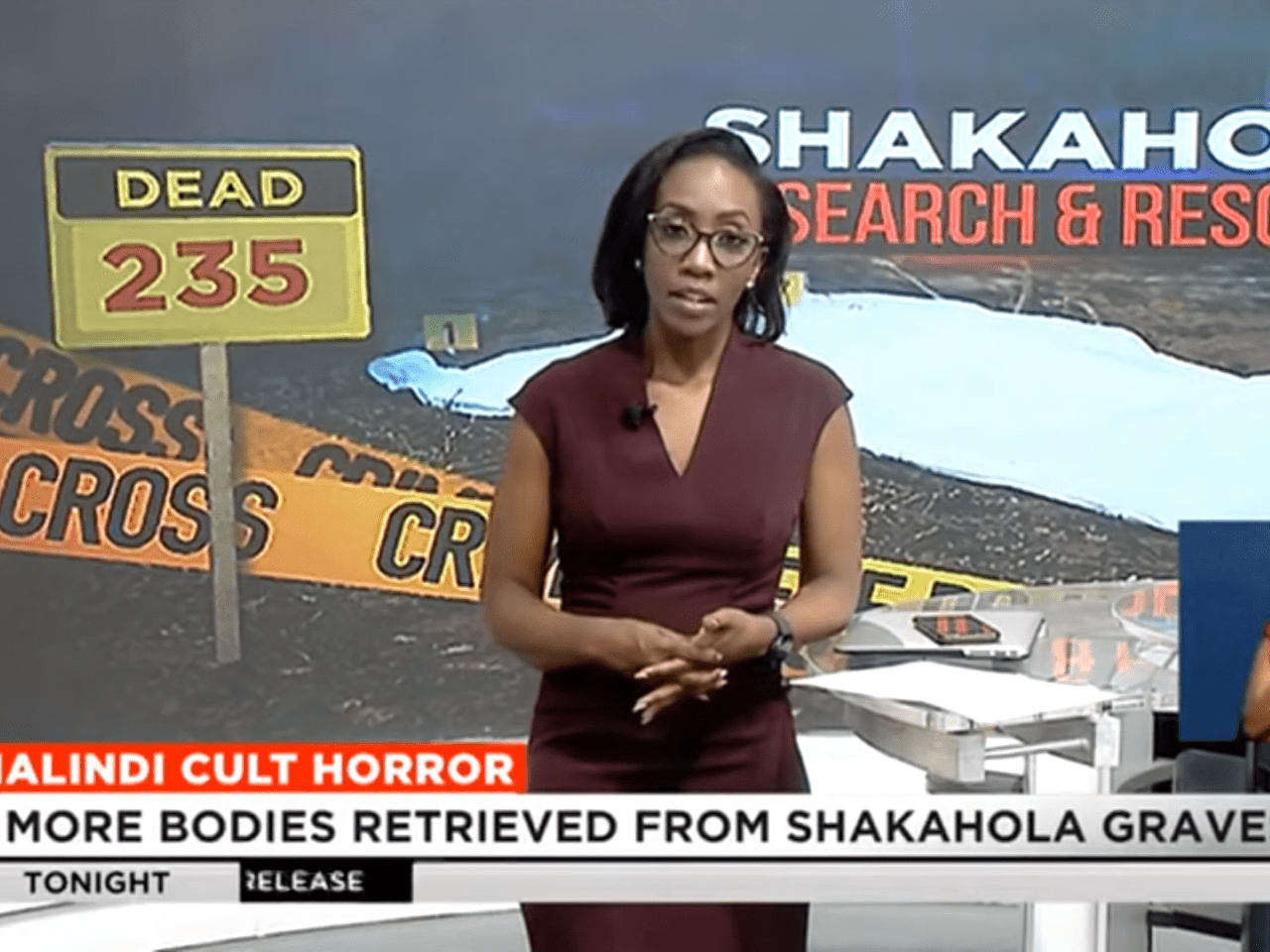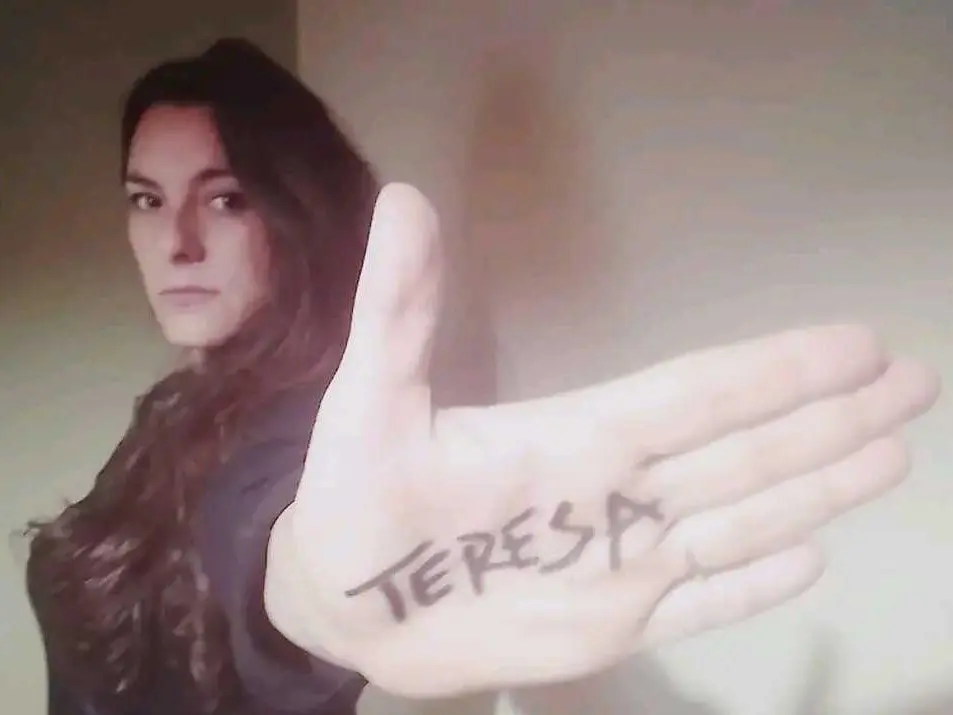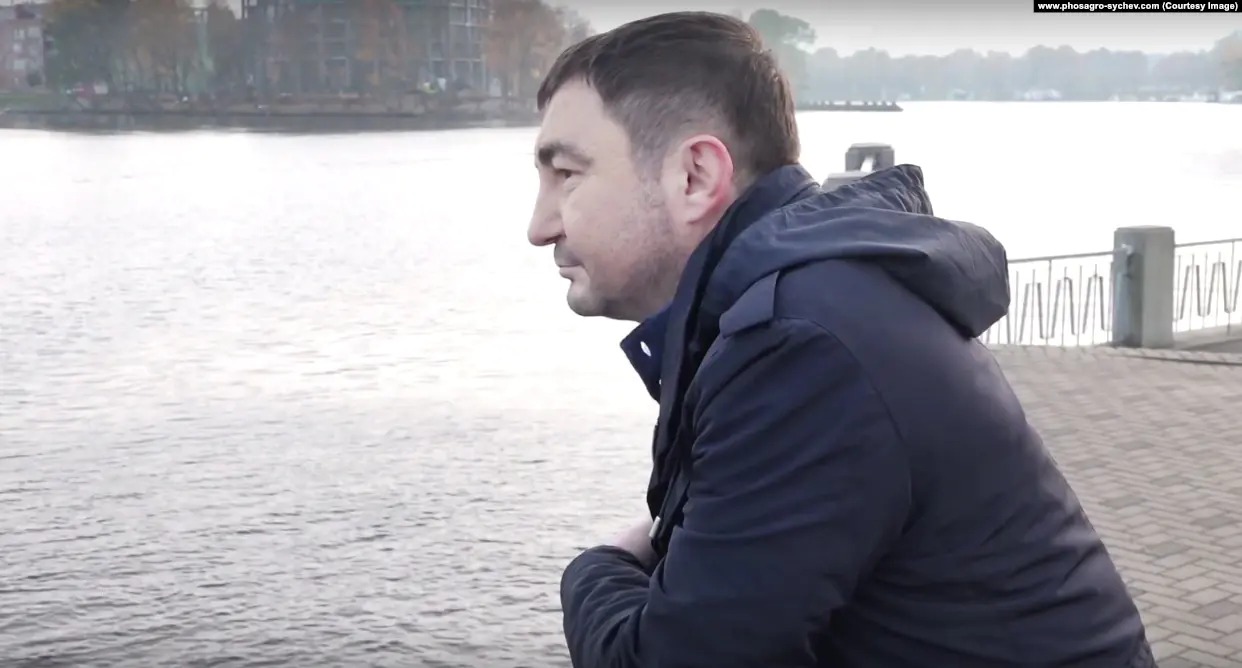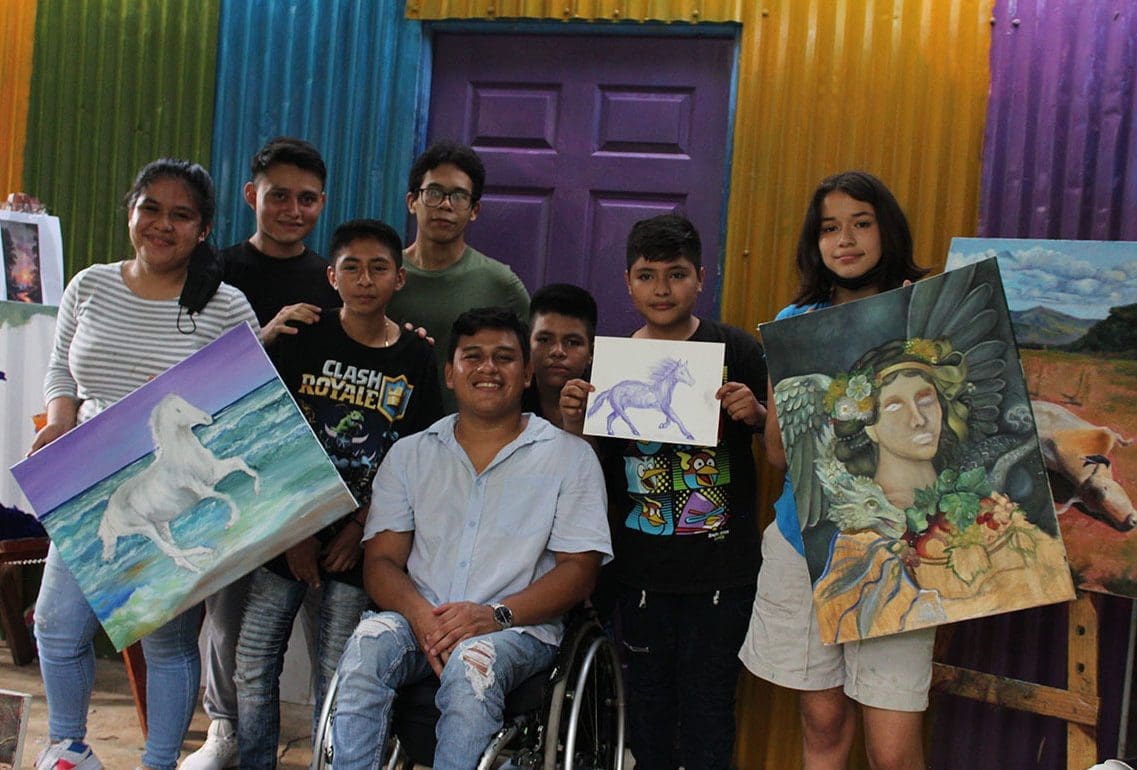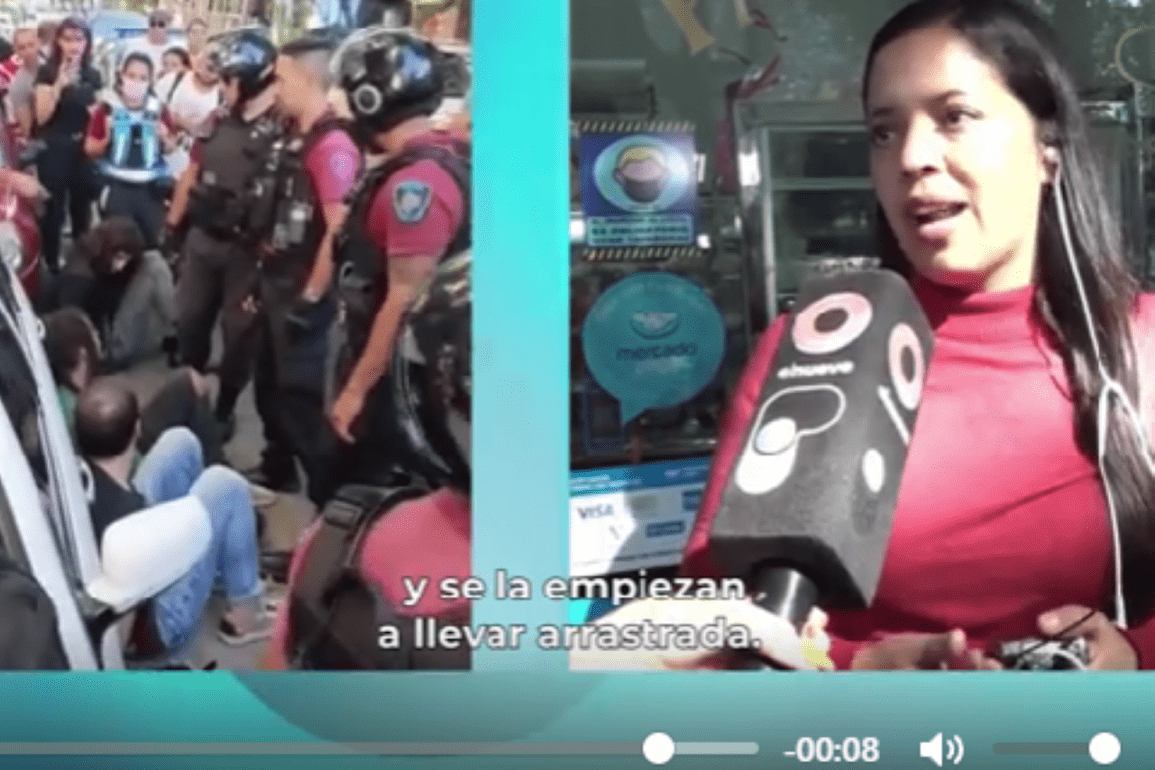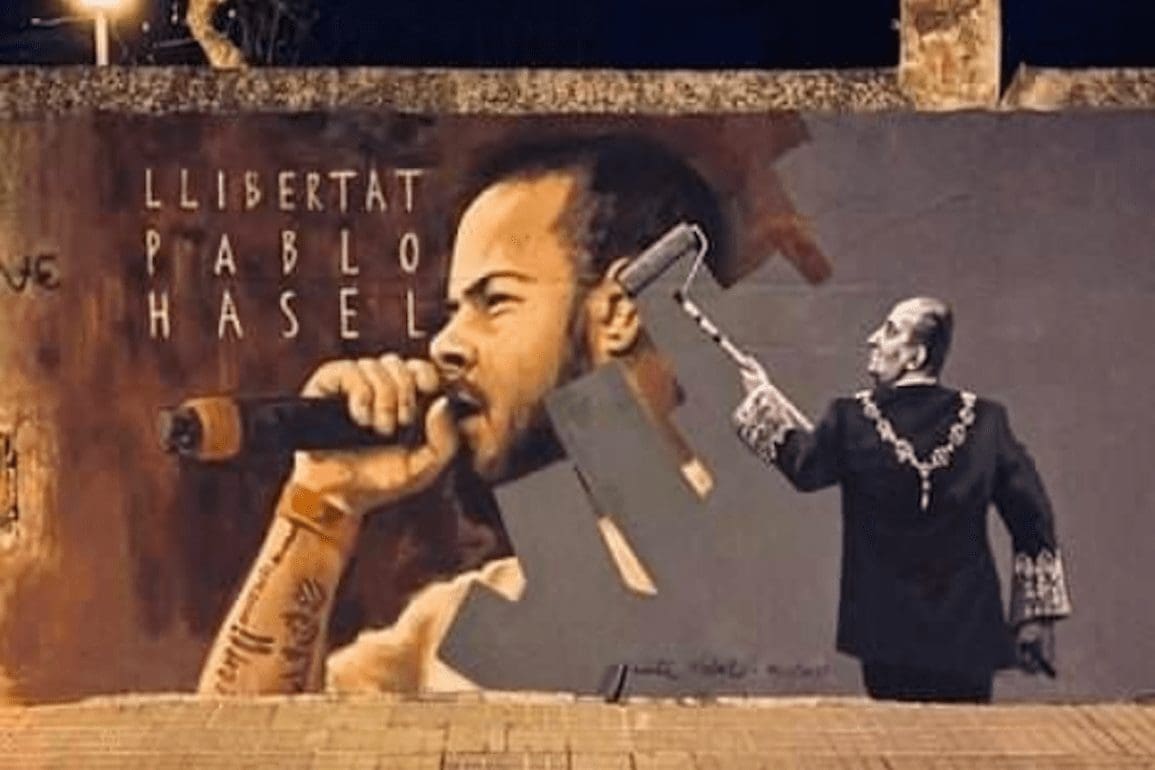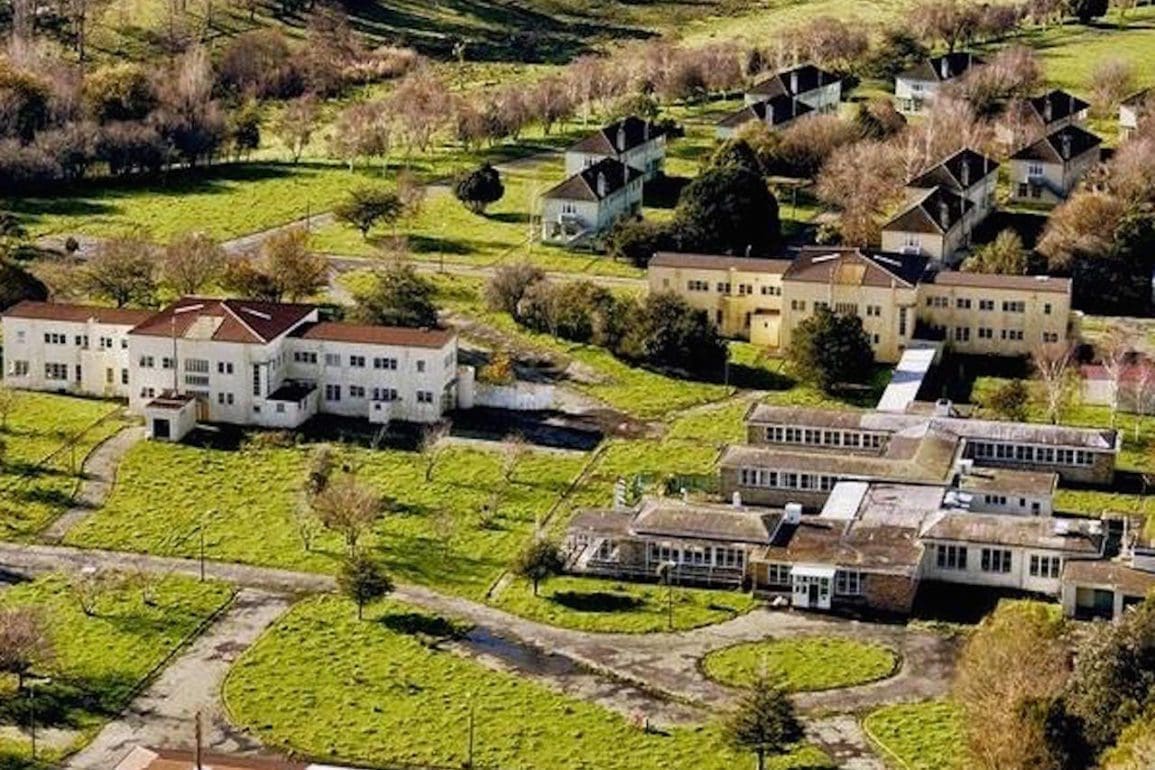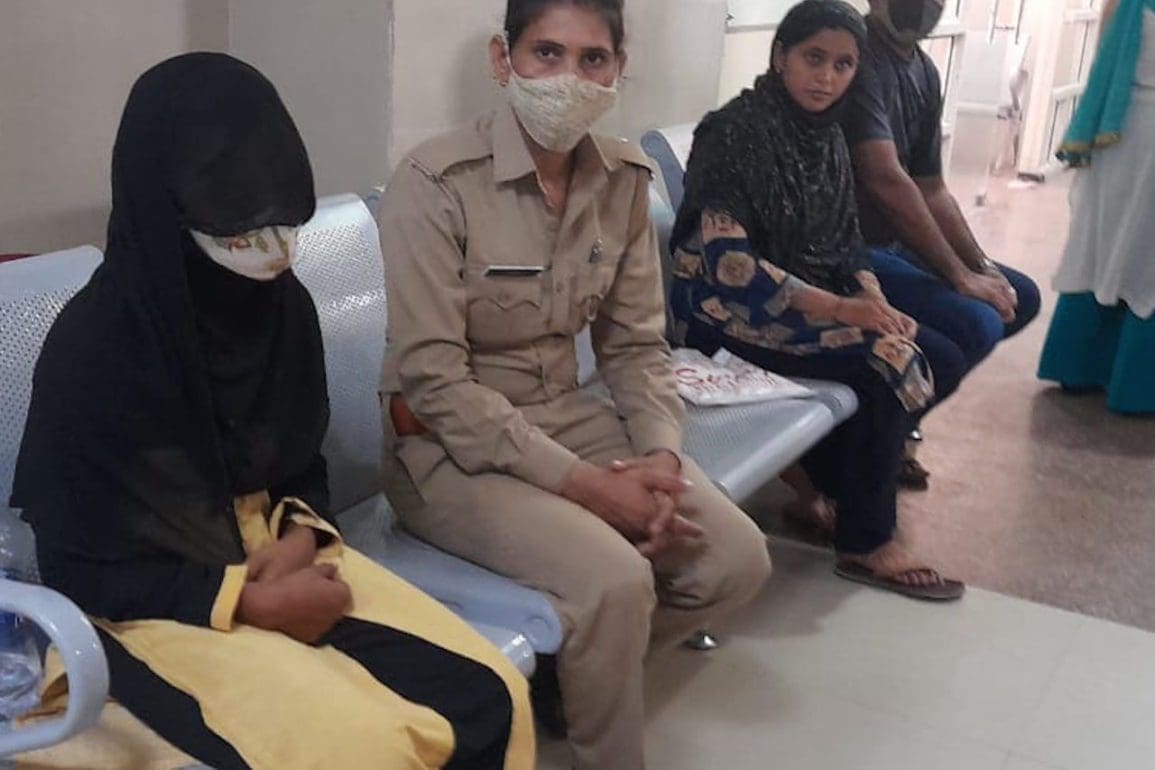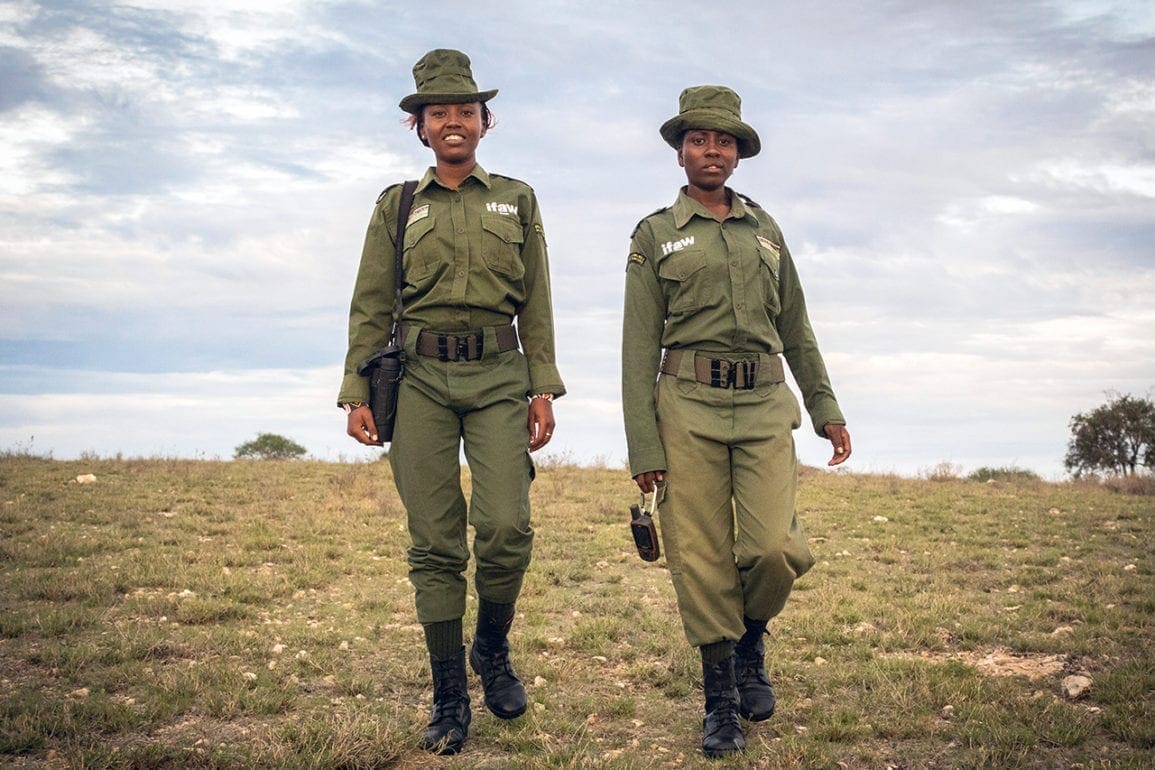Volunteer works tirelessly to shrink Lahaina’s missing person list after devastating fires in Maui
Inspired by locals donating surfboards and ukuleles, I thought, “I can at least use my skills to make flyers.” So, I stepped in. I crafted missing-persons posters on Canva and used the Remini app to enhance photo quality. Word-of-mouth became our primary information channel, and the tireless community efforts soon paid off.
- 10 months ago
September 22, 2023

KIHEI, Maui — In the aftermath of the fires in Maui, I have poured hours of my life into finding missing people. I design flyers and blast them across social media. Though I practically begged law enforcement to let me collaborate, I seem to face obstacles instead of assistance.
Every time I find someone from the missing person’s list alive, hope surges within me and it keeps me going. On the other hand, when I learn someone is gone, it’s like a punch to the gut, but there is no time to dwell on it. I must keep going.
Read more stories about the Lahaina fire at Orato World Media
An unexpected morning: Lahaina’s catastrophic fire leaves many with missing family members
On the morning of August 8, 2023, I heard about a fire in Lahaina, but no notifications followed. I planned to snorkel with the turtles that day, but traffic closures rerouted me to a different town. I had no idea that the fire would ignite a series of unimaginable events.
Lahaina went quiet for the rest of the day. I received no emergency texts. Back at my home in Kihei, I assumed all was well, but the next morning my phone lit up with messages. People rushed to evacuation centers, some barely escaping in time. My heart pounded in confusion, and I thought, “What’s happening?”
I drove quickly to the nearest evacuation center. When I saw my auntie and her boyfriend there, relief washed over me but that feeling changed as soon as I considered other people who were still in danger. Fortunately, I found my uncle at the same center. Shock and exhaustion lined his face. He later told me he fought for his life at the boat harbor, and stayed in the water for nearly ten hours.
Chatter filled the evacuation center as people swapped stories. “Where were you,” they asked one another. “Did you see the police?” Every person I saw that day sought comfort from friends and family, but six days later, the authorities moved them from the center and scattered them to locations around the island.
This move bewildered me. People were in shock and looking for guidance. Now, they faced a maze of red tape, without phones or necessities. My focus became laser sharp. I needed to help people navigate the confusing world of SNAP benefits, FEMA assistance, and more.
A race against time to identify the missing, community takes charge amidst frustration with government
On August 10, 2023, my friend Randy and I stood in line, desperate to enter Lahaina. Armed with a list of missing, unsheltered individuals, we dove into the chaos. Given my experience with unsheltered people, I was uniquely positioned to try to identify them. A heavy blend of fear and hope filled the air as we navigated the disarray, searching for missing people like a race against time. We successfully rescued a disabled friend stranded in Lahaina and delivered gas to others who remained stuck there. The authorities’ baffling methods complicated our entry, but despite the obstacles, Randy and I pressed on.
Throughout the turmoil, I continuously updated the list of missing, unsheltered individuals, informing coordinators of any changes. We even used nicknames to help identify them. Originally, our Google spreadsheet featured three columns: name, missing, and deceased. However, when the FBI took control, somebody deleted two columns from out spreadsheet, leaving only names. This act fueled my frustration.
These were more than just names; these were people I urgently sought. With emotions running high, there was no room for grief or memorials. Too many people remained missing. My family also grappled with baffling challenges. Relatives vanished from public lists without explanation. Official county notifications became our only way to confirm someone’s status, and often, these notifications never came. Hope became our only refuge.
Inspired by locals donating surfboards and ukuleles, I thought, “I can at least use my skills to make flyers.” So, I stepped in. I crafted missing-persons posters on Canva and used the Remini app to enhance photo quality. Word-of-mouth became our primary information channel, and the tireless community efforts soon paid off. We started locating disoriented, displaced people on the island’s south side. If only the police and FBI had collaborated more effectively, we could’ve aided more people sooner.
In a mission to reunite families, I recognize a face from the countless photos
As time went on, the lack of communication became a clear pattern. One day, I reached out to the FBI asking why they removed one of my homeless patients from their list only to get ping-ponged between them and the local police. Like many others, I began to lose faith in a government that seemed more like an obstacle than an ally, deepening my overall sense of frustration and mistrust.
In my car, I scanned the crowds. My adrenaline spiked when I recognized a face from the countless photos I studied. Each time I approached someone from the list and offered help, their body language shifted, and I watched them transform from feeling desperate to having hope. The act of reuniting them with their families filled me with purpose as I guided them through essential procedures.
Our search for a man named Mike lingers vividly in my mind, and probably always will. A young local came forward, claiming to have seen him. My heart raced as I studied the photo he provided. I forwarded the photo to Mike’s family and was flooded with relief when I heard his mother burst into tears. It was him. His family became overwhelmed with gratitude.
I visit Kaanapali three times a week to disseminate crucial information, even now. I work hard to resolve outstanding issues and update people on where to find aid. The shrinking list of missing persons makes my mission more manageable, but the pressing need remains constant. Even now, weeks later, people still need so much help. I can’t afford to stop. The work must go on.




















